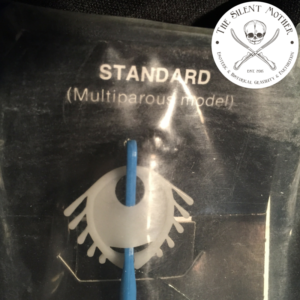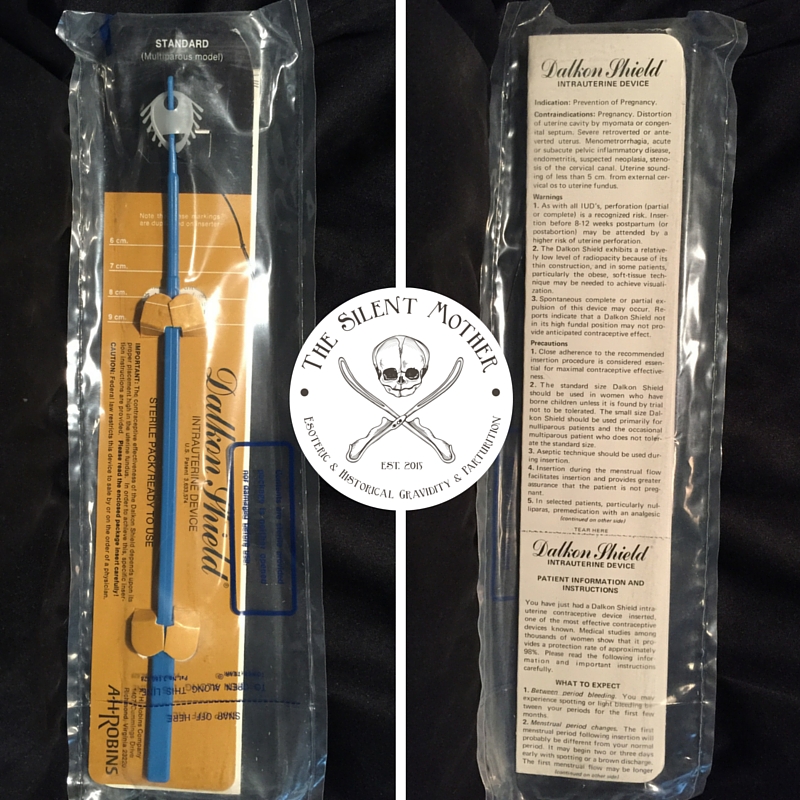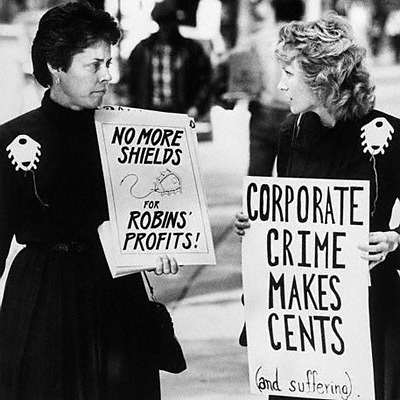
I have a Secret Santa who sent me a rather large box of interesting objects. My Secret Santa included a new-in-the-package Dalkon Shield IUD. As a collector, I was giddy when I saw it. This particular IUD has caused long term fear and loathing of all IUD’s. Yet, most women don’t know the story behind it. They know that IUD’s caused “problems” and that other methods of birth control were “better”. Even now, I hear women say they’d never get an IUD. That is a shame because IUD’s today are the most effective birth control on the market.
Let’s dig in to the story behind the Dalkon Shield and this pervasive fear of IUD’s.
In 1971, the A.H. Robbins company brought the Dalkon Shield to market, billed as a safer alternative to The Pill. The birth control pill, still being relatively new, had some kinks yet to be worked out. Many women were unhappy with it’s side effects and were searching for something that was safe and effective. Given the hole in the market, it was a prime business opportunity for A.H. Robbins and this new style of IUD.
IUDs have been around for a over a thousand years, in various shapes and forms. The Dalkon Shield, however, had something new going for it – a mass marketing campaign. Well, that and a different physical structure and an entirely different kind of string… but we’ll get to that in a minute.
This marketing campaign was so successful that approximately 2.8 million women eventually used the Dalkon Shield. They were, however, unaware of the lack of proper testing on this device and its safety.
Although A.H. Robbins tested the Dalkon Shield for efficacy, they did not test it for safety. At the time, that was not required before putting it out to market. The company also padded it’s efficacy rate to show a 2-3% failure rate, as opposed to the 10% failure rate it actually had.

There was a rather large problem with the Dalkon Shield. The string which attaches to the plastic IUD was made of a multi-filament string instead of a mono-filament string. Why is this an issue? Well the multi-filament string allows bacteria to creep up into the uterus whereas a mono-filament string does not. Bacteria, as we know, causes infection. Infection leads to sepsis. Sepsis leads to hospitalization, massive doses of antibiotics, the potential for surgery and so on. The biggest complaint being pelvic inflammatory disease, which beyond it’s discomfort, can lead to infertility.
All of this lead to five deaths, multiple spontaneous abortions and over 300,000 lawsuits against A.H. Robbins. The company folded under the pressure.

So after all that, there is an upside. Women stood up for themselves and for better medical testing. The success came in 1976 when the FDA added the Medical Device Amendments to their policies. Change is often slow. These women, of my mother’s generation, took to the streets, the media and the courts to protest and affect change. It makes me wonder what we could do now, should we rally.
In the meantime, I’ll hang on to this piece in my collection to remind me of how far we’ve come, and how far we still have to go to support women’s rights with regards to access to safe birth control, safe abortion and bodily autonomy.
Please support The Silent Mother by becoming a patron through Patreon.
Your generous donation allows me to keep writing.

 Where did this “good girl” in labor idea come from? We have to take a peek back at history. When birth moved out of the home and into the hospital in the early 1900’s, we see the beginnings of this concept. Hospitals, up through the early 1980’s, had maternity wards, not individual labor rooms. There would be 12, 15 or 20 women laboring in one ward with a small handful of nurses to monitor them. When it came time to push, they were brought to the delivery room. After birth they went to a multi-woman recovery room.
Where did this “good girl” in labor idea come from? We have to take a peek back at history. When birth moved out of the home and into the hospital in the early 1900’s, we see the beginnings of this concept. Hospitals, up through the early 1980’s, had maternity wards, not individual labor rooms. There would be 12, 15 or 20 women laboring in one ward with a small handful of nurses to monitor them. When it came time to push, they were brought to the delivery room. After birth they went to a multi-woman recovery room.